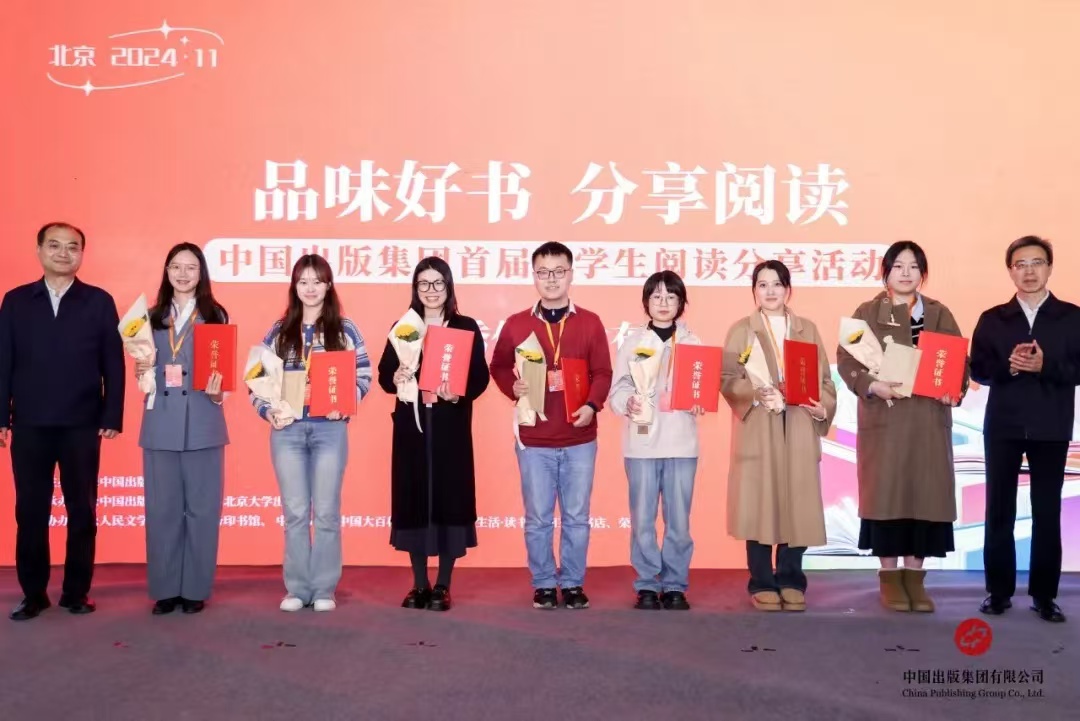Title: Maximizing Efficiency in Manufacturing Processes
Manufacturing processes play a crucial role in the efficiency and productivity of industries. Whether it's automotive, electronics, pharmaceuticals, or any other sector, optimizing manufacturing processes is essential for staying competitive in today's market. Let's delve into key strategies for maximizing efficiency in manufacturing.
One of the most effective approaches to enhance efficiency in manufacturing is by implementing lean principles. Lean manufacturing focuses on eliminating waste, optimizing processes, and improving overall productivity. By identifying and eliminating nonvalueadded activities, companies can streamline operations and reduce costs.
Key Lean Principles:
- Continuous Improvement: Encourage a culture of continuous improvement where employees are empowered to identify and address inefficiencies.
- JustInTime (JIT) Production: Minimize inventory levels by producing goods only as needed, reducing storage costs and minimizing waste.
- Value Stream Mapping: Analyze the entire production process to identify areas for improvement and streamline workflows.
- Kaizen: Implement small, incremental changes to improve processes and achieve longterm efficiency gains.

Automation and robotics have revolutionized manufacturing by enhancing speed, precision, and consistency. By automating repetitive tasks, companies can significantly increase production rates while reducing errors and labor costs.
Benefits of Automation:
- Increased Productivity: Automated systems can operate 24/7, leading to higher output levels and faster timetomarket.
- Improved Quality: Robotics ensure consistent quality by minimizing human error and variability in production processes.
- Cost Reduction: While the initial investment in automation may be significant, the longterm cost savings in labor and increased efficiency justify the expense.
- Flexibility: Modern robotic systems are highly adaptable and can be reprogrammed quickly to accommodate changes in production requirements.
Embracing cuttingedge technologies can further enhance efficiency and competitiveness in manufacturing. From additive manufacturing to augmented reality, these technologies offer innovative solutions to traditional challenges.
Key Technologies:
- 3D Printing/Additive Manufacturing: Enables rapid prototyping, customization, and ondemand production, reducing lead times and material waste.
- Internet of Things (IoT): Connects machines, sensors, and devices to gather realtime data for predictive maintenance, process optimization, and inventory management.
- Augmented Reality (AR): Provides workers with realtime information and guidance, improving training, quality control, and efficiency on the shop floor.
- Artificial Intelligence (AI) and Machine Learning: Analyze vast amounts of data to optimize production schedules, predict maintenance needs, and identify opportunities for improvement.
Investing in employee training and development is essential for maximizing efficiency in manufacturing. Welltrained workers are more productive, adaptable, and engaged, leading to better overall performance.
Training Initiatives:
- Skills Development: Provide training programs to enhance technical skills, problemsolving abilities, and familiarity with new technologies.
- CrossTraining: Foster a multidisciplinary workforce capable of performing various tasks, improving flexibility and responsiveness to changing demands.
- Safety Training: Prioritize employee safety through comprehensive training on proper procedures, equipment usage, and hazard identification.
- Continuous Learning: Encourage ongoing learning and skill development to ensure employees stay updated on industry trends and best practices.
Efficiency is paramount in manufacturing, and adopting the right strategies and technologies is crucial for success. By embracing lean principles, leveraging automation and robotics, adopting advanced technologies, and investing in employee training, companies can optimize their manufacturing processes, reduce costs, and stay ahead of the competition in today's dynamic market landscape.








